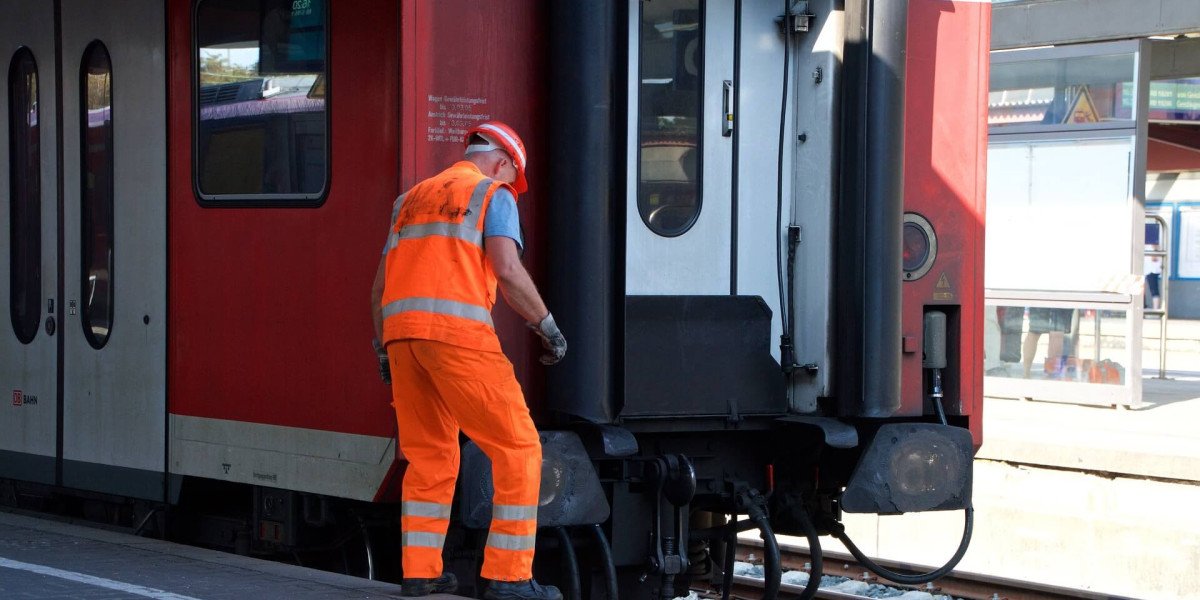Overview
According to a new report by Market Intelo, the global Structured Reinsurance market is projected to reach USD 112.6 billion by 2032, expanding at a compound annual growth rate (CAGR) of 7.8% from 2024 to 2032. Rising complexity in risk management, increasing demand for capital efficiency, and the need to mitigate catastrophic losses are driving the growth of structured reinsurance solutions worldwide.
Structured reinsurance is increasingly adopted by insurers and reinsurers to optimize capital allocation, enhance solvency ratios, and transfer specific risk exposures. These solutions provide tailored financial protection against catastrophic events and portfolio volatility, ensuring business continuity and risk diversification.
Get Sample Report of Structured Reinsurance Market @ https://marketintelo.com/request-sample/81335
Market Drivers
The growth of the structured reinsurance market is primarily fueled by evolving regulatory frameworks, heightened risk awareness, and the financial industry's increasing focus on capital optimization. Insurers are leveraging structured solutions, such as catastrophe bonds, quota shares, and excess-of-loss arrangements, to enhance financial resilience against natural disasters and unexpected claims surges.
Additionally, the global insurance sector’s shift toward alternative risk transfer (ART) mechanisms has encouraged the adoption of structured reinsurance. Technological advancements in risk modeling and analytics further empower insurers to design customized solutions that align with their risk appetite and capital requirements.
Key Market Dynamics
Drivers
Capital Efficiency and Risk Diversification: Structured reinsurance allows insurers to manage balance sheets more effectively, freeing up capital while covering high-severity, low-frequency risks.
Regulatory Compliance: Solvency II, Risk-Based Capital (RBC), and other regulatory frameworks are pushing insurers to maintain adequate reserves, promoting structured risk transfer solutions.
Increasing Natural Catastrophe Exposure: With growing incidences of natural disasters globally, insurers require robust risk transfer mechanisms to mitigate financial losses.
Adoption of Advanced Analytics: Predictive modeling and risk assessment tools enable tailored reinsurance structures, enhancing accuracy and efficiency.
Get Sample Report of Structured Reinsurance Market @ https://marketintelo.com/request-sample/81335
Challenges
Despite strong growth potential, the market faces challenges including high structuring costs, complex regulatory approvals, and limited awareness among small and mid-sized insurers. Additionally, market volatility and changing global economic conditions can influence the pricing and demand for structured reinsurance products.
Market Segmentation
By Type
Quota Share Reinsurance: Sharing a fixed percentage of premiums and losses, commonly used for predictable risk portfolios.
Excess-of-Loss Reinsurance: Provides protection against high-severity losses exceeding specified limits, popular among property and casualty insurers.
Catastrophe Bonds: Innovative alternative risk transfer tools allowing insurers to offload catastrophic risks to capital markets.
Other Structured Products: Includes industry loss warranties (ILWs), sidecars, and bespoke arrangements tailored to specific insurer needs.
By End User
Property & Casualty Insurers: Leading adopters due to exposure to natural catastrophes and large-scale claims.
Life & Health Insurers: Increasingly using structured solutions for longevity and mortality risk management.
Reinsurance Companies: Offering structured products to manage portfolio volatility and optimize capital allocation.
Read Full Research Study: https://marketintelo.com/report/structured-reinsurance-market
Regional Insights
North America
North America dominates the structured reinsurance market, accounting for more than 40% of global revenue in 2024. The presence of major insurers and reinsurers, high natural catastrophe exposure, and advanced regulatory frameworks contribute to market growth. The U.S. leads the region, with a robust alternative risk transfer market and innovative risk-financing solutions.
Europe
Europe holds a significant share driven by regulatory mandates such as Solvency II and the region’s strong reinsurance ecosystem. Germany, Switzerland, and the UK are key contributors, leveraging structured solutions for catastrophe and financial risk management.
Asia Pacific
Asia Pacific is expected to be the fastest-growing region, fueled by increasing insurance penetration, exposure to natural disasters, and growing awareness of risk transfer mechanisms. Emerging economies such as China, India, and Japan are actively adopting structured reinsurance products to safeguard against severe losses.
Latin America and Middle East & Africa
These regions are gradually increasing adoption, supported by rising awareness of financial risk management and collaboration between local insurers and global reinsurance firms. Cloud-based analytics and improved risk modeling are facilitating structured reinsurance growth in these markets.
Competitive Landscape
The global structured reinsurance market is moderately consolidated, with key players focusing on innovative product development, strategic partnerships, and digital solutions to enhance underwriting and risk assessment capabilities.
Leading Companies Include:
Swiss Re AG
Munich Reinsurance Company
Hannover Re
SCOR SE
Reinsurance Group of America (RGA)
Berkshire Hathaway Reinsurance Group
PartnerRe Ltd.
Everest Re Group, Ltd.
Axis Capital Holdings Limited
RenaissanceRe Holdings Ltd.
These companies are investing in advanced analytics, catastrophe modeling, and AI-driven risk assessment platforms to strengthen their structured reinsurance offerings. Strategic alliances with insurers and financial institutions are also boosting market reach and product adoption.
Future Outlook
The structured reinsurance market is poised for sustained growth over the next decade as insurers and reinsurers increasingly adopt sophisticated risk transfer solutions. Emerging trends such as parametric insurance, blockchain-enabled contracts, and AI-driven pricing models are expected to redefine structured reinsurance frameworks.
Furthermore, climate change, urbanization, and increasing frequency of natural catastrophes will continue to drive demand for innovative and cost-efficient reinsurance solutions. By 2032, the market will witness deeper penetration across emerging economies, fueled by heightened risk awareness and technological adoption.
Conclusion
The global structured reinsurance market is set to experience significant growth, driven by the need for capital efficiency, risk mitigation, and compliance with regulatory standards. Advanced analytics, alternative risk transfer mechanisms, and rising catastrophe exposure are transforming how insurers and reinsurers manage portfolio risks.
Market Intelo’s comprehensive report provides detailed insights into market trends, regional analysis, competitive landscape, and strategic developments shaping the future of structured reinsurance.
Related Report







